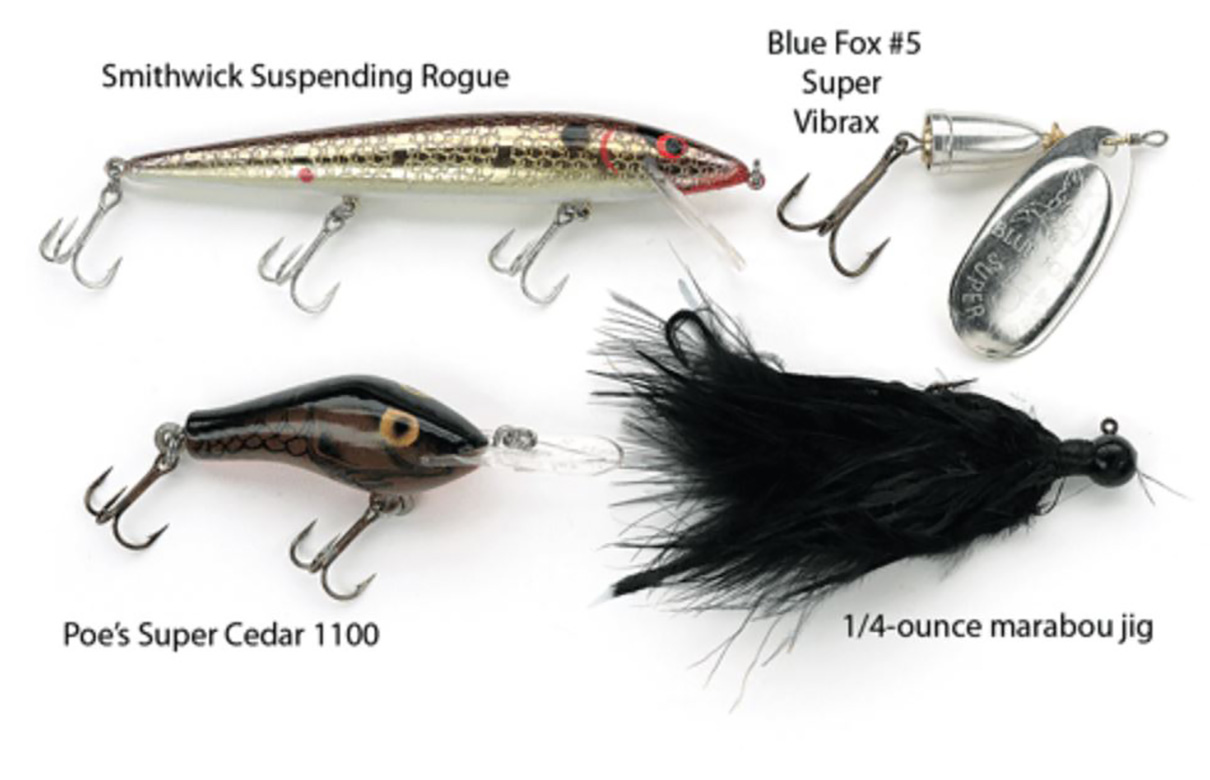Tactics for Tailwater Trout
By: Chris Hoffman
 Rising water can create a feeding frenzy for tailwater trout. (Photo courtesy of Chris Hoffman)
Rising water can create a feeding frenzy for tailwater trout. (Photo courtesy of Chris Hoffman)
Using these tailwater tactics can help you catch some very large trout
When cold water rushes through the turbines of a dam, an incredible, albeit artificial, stream trout fishery can result. Nationwide, fisheries personnel stock millions of rainbows and browns into icy tailraces, providing a trout angling outlet for thousands of anglers, often where none existed before. The rarefied habitat of the tailrace supports great numbers of keeper-sized trout and many trophy fish as well. Some of the biggest trout ever recorded have been caught below dams, including the 40-pound 4-ounce world record brown taken below Greers Ferry Dam in Arkansas. Best of all, tailwater trout are a renewable resource; as anglers remove fish, more are recruited from hatcheries to replace them.
Although the bite below dams can be fantastic, many trout anglers who favor free-flowing fisheries regard tailraces much the way baseball purists view domed stadiums. Tailwater trout fishermen often are dismissed as corn-dunkers, unsophisticated folks with spincast reels and six-packs of Bud Lite, content to anchor and soak Niblets on the bottom. The dunkin’ crowd, to their credit, take such criticism with good humor. If you use corn, marshmallows, or cheese, they retort, at least you can eat the bait when the trout aren’t biting.
Lure-casters and fly fisherman who target tailraces often find them frustrating places to fish. While a natural trout stream may remain stable for weeks, a tailrace is subject to frequent and significant changes in water level and current velocity. Current generation takes place for various reasons. Flood control is a primary function of dams; in rainy periods, excess water may be pulled from the upstream reservoir through the dam’s turbine. Some dams also provide hydroelectric power. In hot weather, extra electricity may be needed to run air conditioners in the region that the dam services.
Celina, Tennessee guide Fred McClintock spends a couple hundred days a year on tailraces, chasing big trout and landlocked stripers. In this In-Fisherman exclusive, he outlines his tactics for locating and catching rainbows and browns in the various scenarios the tailwater angler likely will encounter.
READ THE FULL STORY ON IN-FISHERMAN